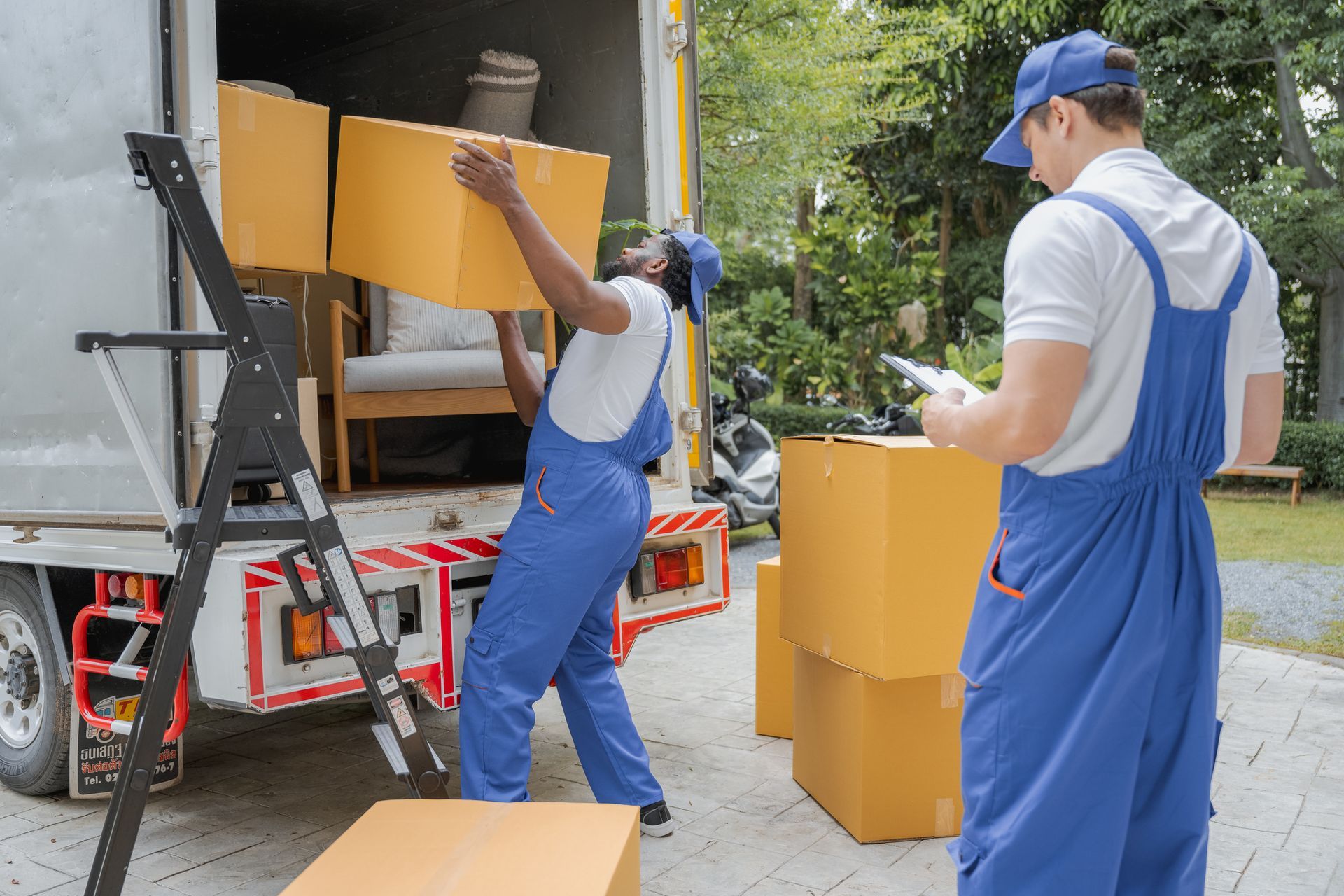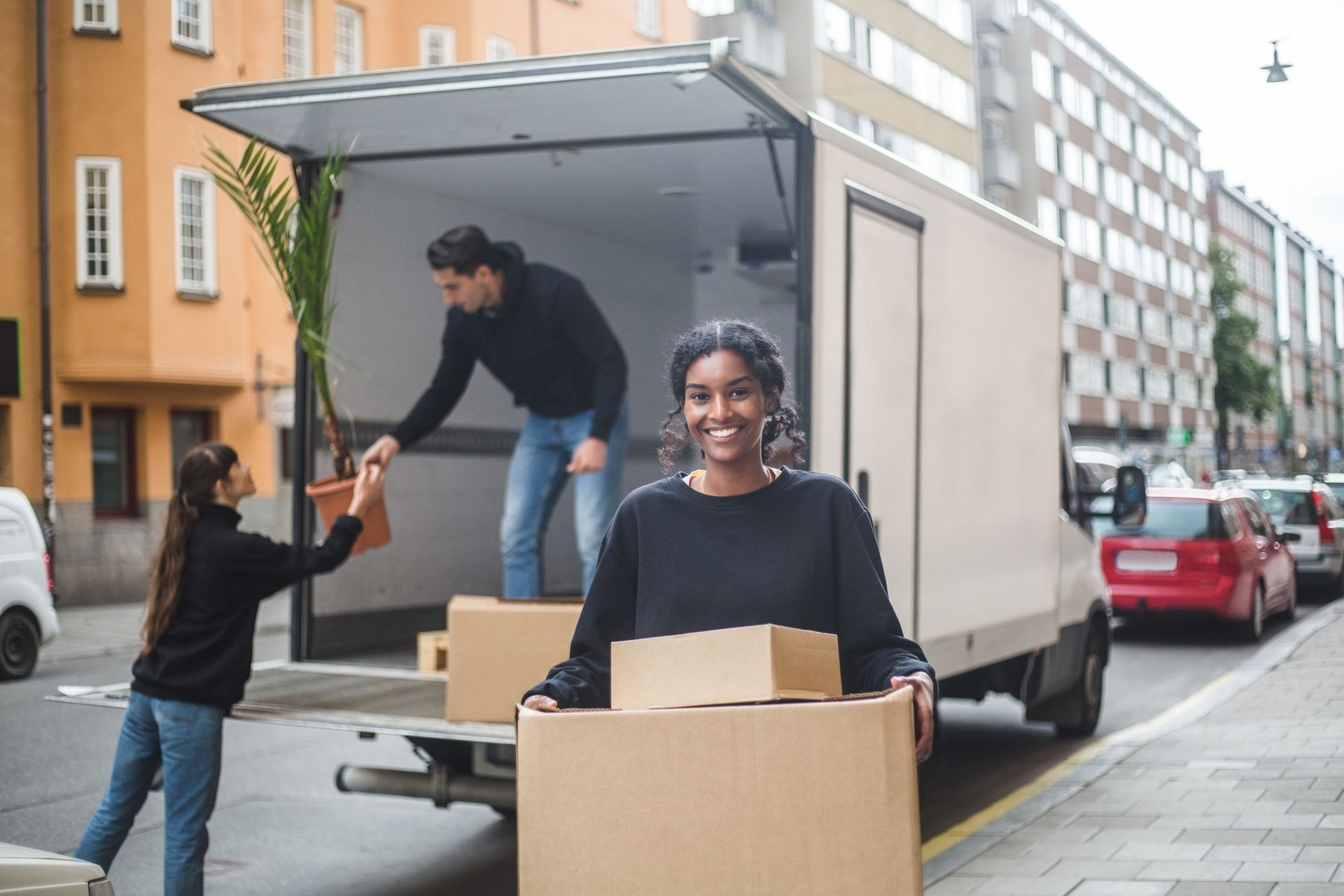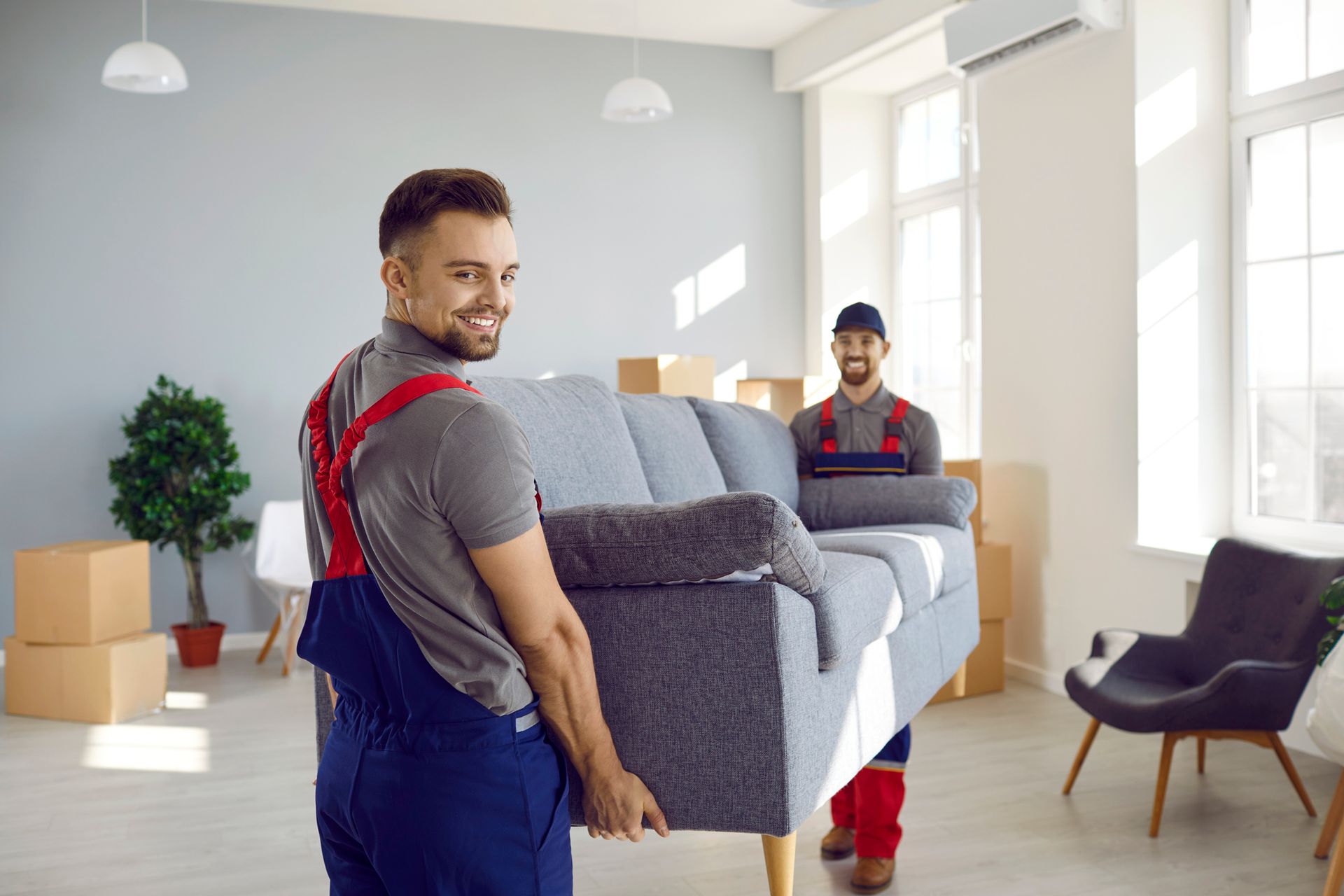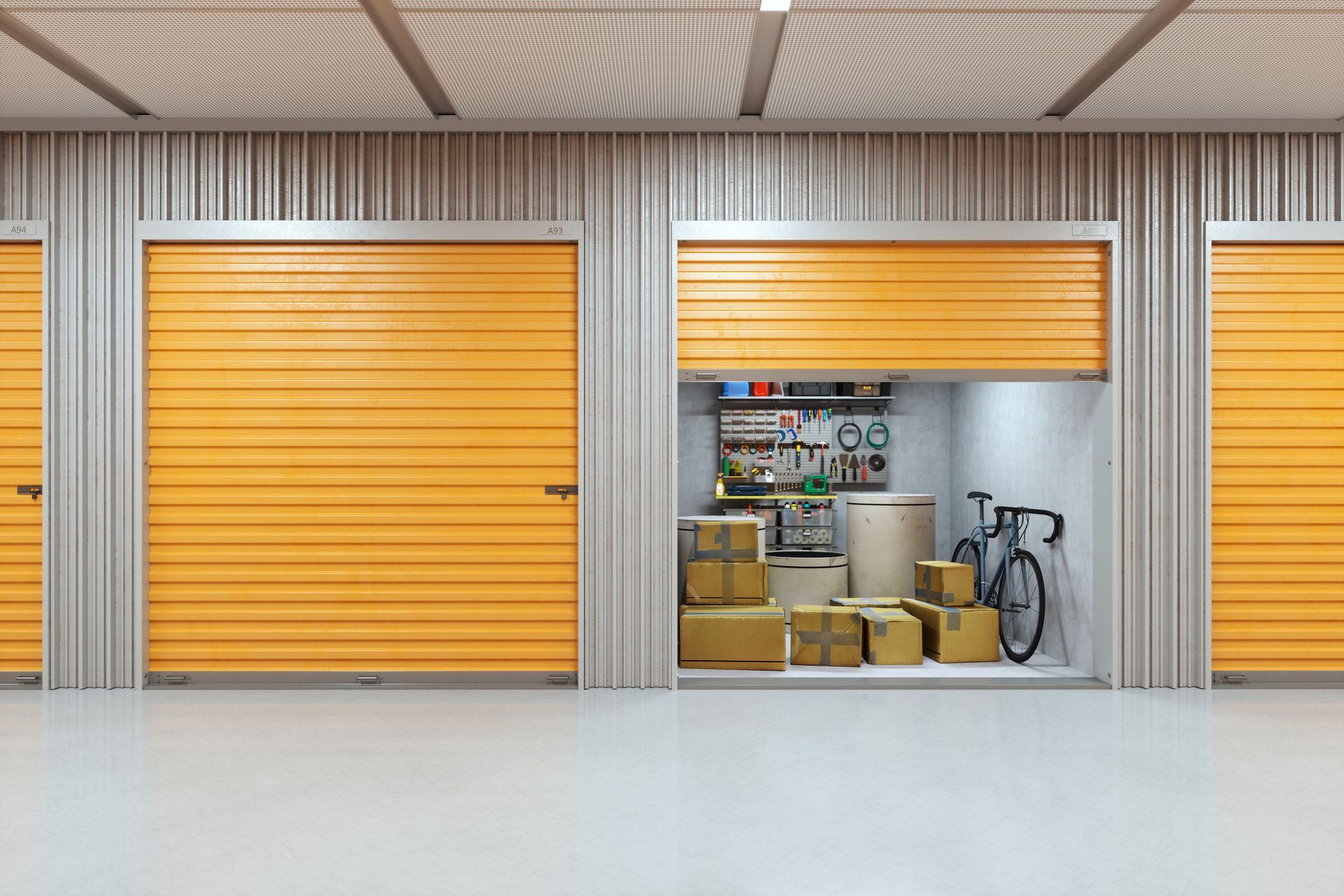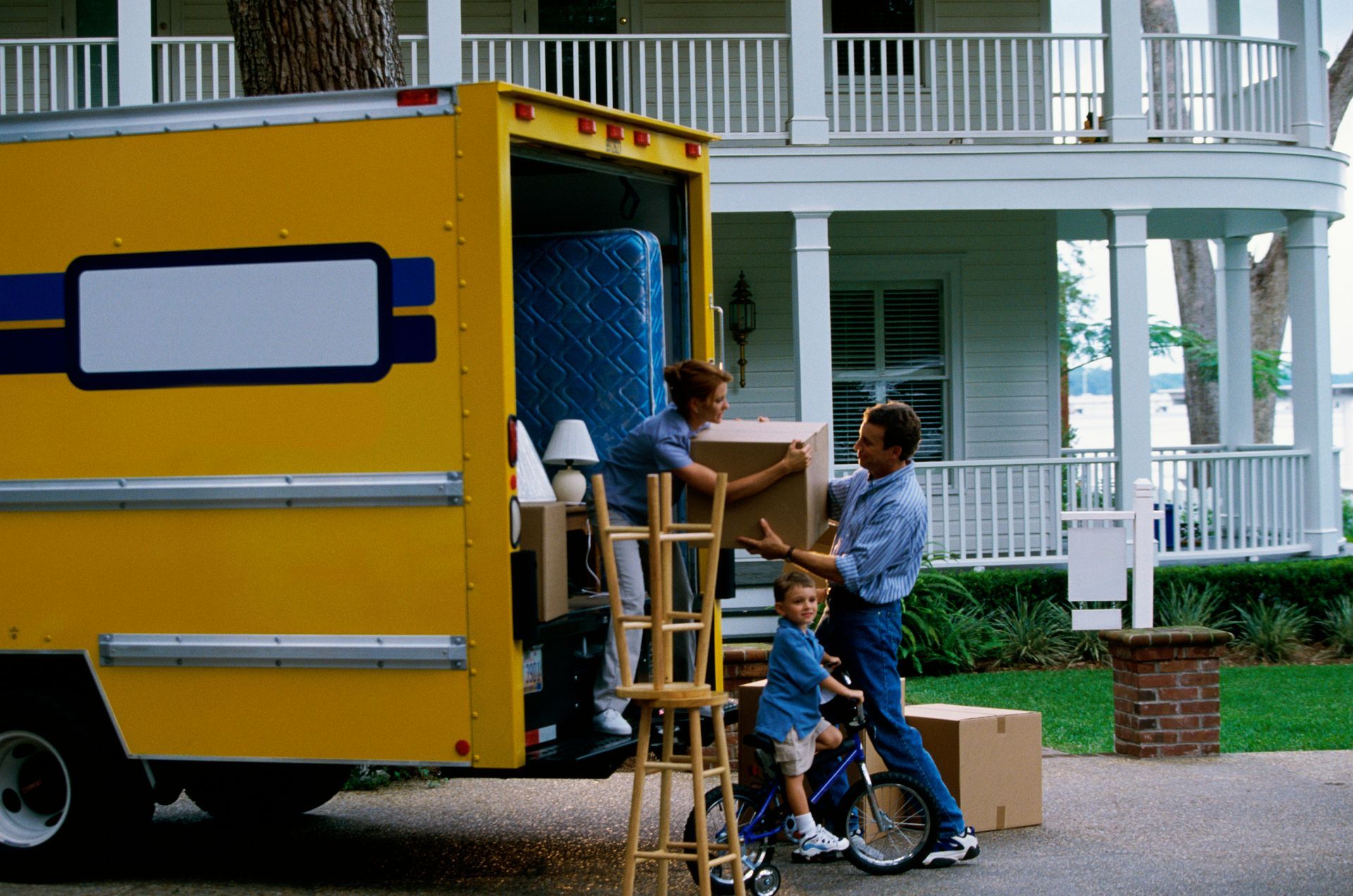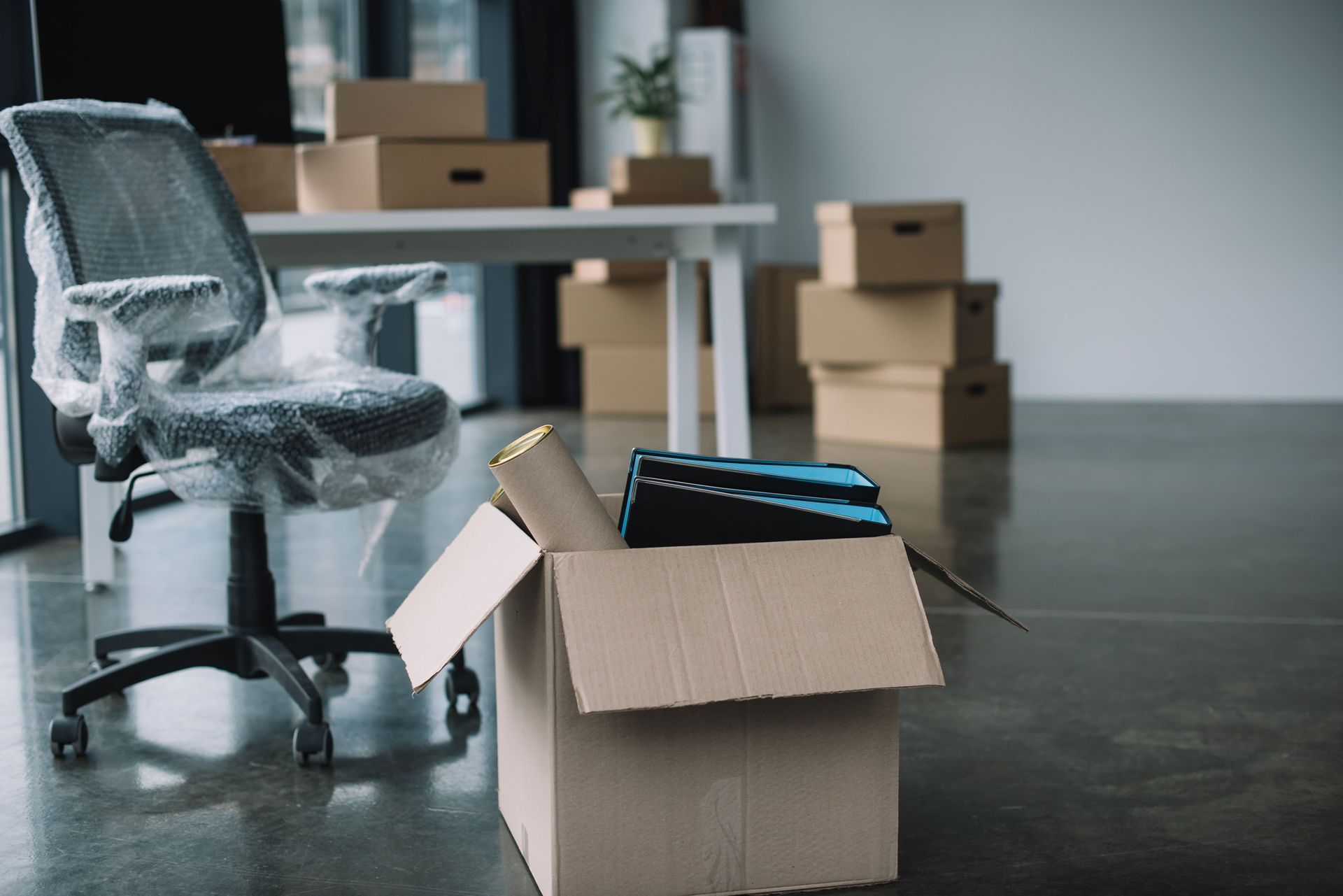Family Owned and Operated Since 1906
In What Order Should You Pack Your Home? 4 Strategies
Admin
October 26, 2021
Are you moving? One key decision you'll need to make early is in what order to pack up the various rooms and furnishings in your home. Crafting a packing order strategy may not sound like a big deal, but it can help you avoid running out of time, ending up disorganized, and adding stress to your moving preparations.
So, what packing order strategy should you adopt? Discover four choices to help you decide.
1. Least-Used Rooms First
One of the most common strategies for packing up a home is to start with those rooms which you use the least. This plan allows you to pack entire rooms at once, helping keep things organized, but this also avoids creating chaos where you and your family still spend their time.
Look around your home and identify the rooms you can get away with not using for the next few weeks or months. This often includes storage areas, closets, guest rooms, formal dining and living rooms, or basements. Get these out of the way, and reserve the more-utilized areas for the final days.
2. Hardest Rooms First
A different plan focuses more on the complexity of packing each area of the house. The kitchen, for instance, is often one of the most labor-intensive rooms to pack up. You usually have myriads of small items, things that need sorting, and cabinets or drawers with miscellaneous items. If you pack much of this room early, you ensure that the work gets done in time and that you don't run out of energy to complete it.
Other spaces that may be hard to pack — either in terms of time needed or difficulty — include the garage or storage sheds, home gym, home office, basement, or kids' bedrooms.
3: Outside In
Can't figure out which rooms qualify as being the least used in your home? An easy packing strategy helps solve this dilemma.
If your house is like most homes, you have public and private areas of the home. The public areas includes living rooms, dining rooms, outdoor entertainment areas, guest baths, and entryways. These generally are more on the exterior of the home. The private areas are farther inside the house, and they include bedrooms, bathrooms, kitchen, and family rooms.
Follow the general layout of your house by starting with the outside, public spaces first. As you work your way through the rooms, you'll end up naturally leaving the most private areas (like bedrooms) until last. And because most people use the private areas more than public ones, this method leaves intact until the end the rooms that you and your family use more often.
4: Least-Used Items First
Sometimes, packing up an entire room may not be possible given the way your family uses the home. In this case, you may want to adopt a more targeted packing strategy that focuses on individual sections and goods rather than whole rooms.
Within each room, identify smaller sections that are used less. This could include things like holiday decorations, closets of seasonal clothing, tools, craft supplies, kids' gear, or files in the home office. Select enough of these less-utilized items to fill boxes and leave them in the room so they don't get separated. Repeat the process as moving day gets closer and fewer things are necessary.
Want more ideas for selecting a packing strategy? Start by consulting with an experienced moving service. Christofferson Moving & Storage
can help. With more than 100 years of experience moving families of all sizes and needs, we can help you figure out the best way to pack up and prepare your home. Call today to speak with our knowledgeable moving team.

